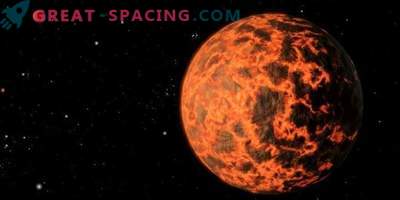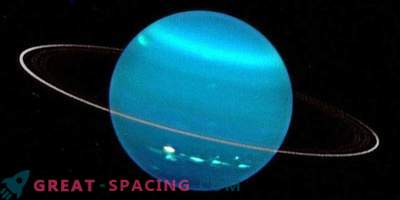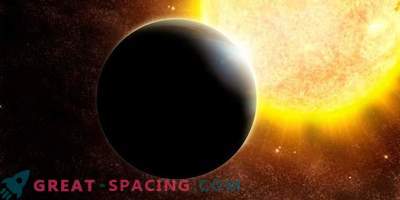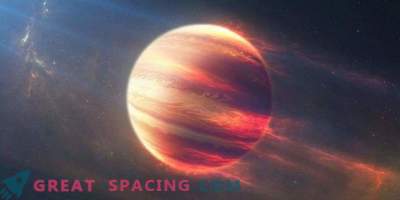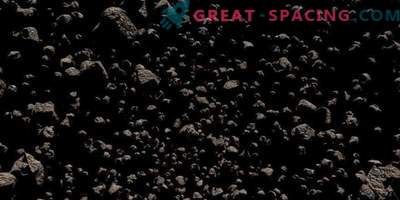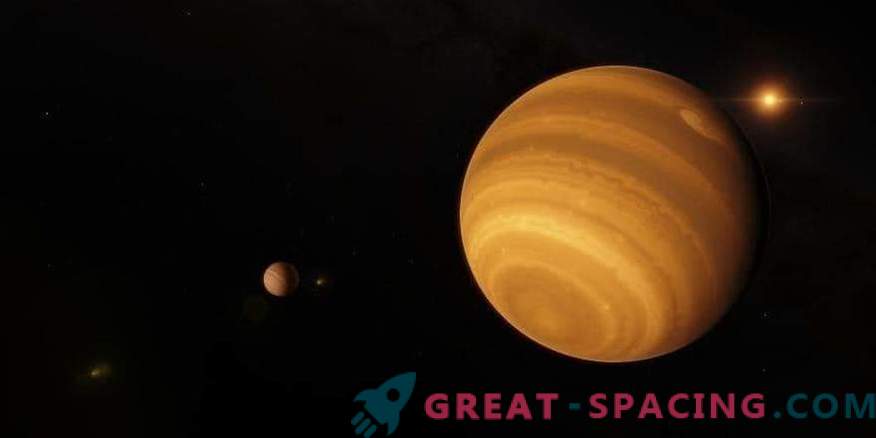
The diagram shows several evolutionary stages of a protoplanet. (1) - Planet without atmosphere. (2) - Planet with atmosphere and solid ice / rock surface. The outer atmospheric layer is radiation, and the inner layer is convective with ice grains. (3) - Planet with rocky core and ocean. The external atmosphere is radiation, and the internal one is convective. (4) - Planet with and without core
John Chambers, a planetary scientist at the Carnegie Institution, proposed a new theory of the formation of gas giants. It is believed that planets like Jupiter began as a rocky type - accretion of material around a star. They become gas giants due to their remoteness and the limited influence of the stellar wind. Chambers puts forward a more detailed explanation.
He believes that the accretion of stones the size of pebbles and ice can lead to the creation of a protoplanet with a gradual increase in atmospheric pressure. This will lead to the sublimation of ice and the filling of the atmosphere with water particles. The process is called vaporous world. Heat will cause planetary heating and massive growth, which is why the atmosphere will be able to hold more water. At one point, the pressure will become so huge that the water moves to the supercritical fluid stage — a mixture of hydrogen and helium. The protoplanet will start pulling gases from the star disk and will reach gigantic sizes. This theory is different from the rest, based on the fact that the planets are created from large pieces of space debris. But gas giants should form rapidly, because the stellar wind decreases as the star ages.
So far this is just a theory, but Chambers plans to test it on Jupiter. Already there are suspicions that the planet has a more diffuse core, which is not consistent with earlier assumptions.


